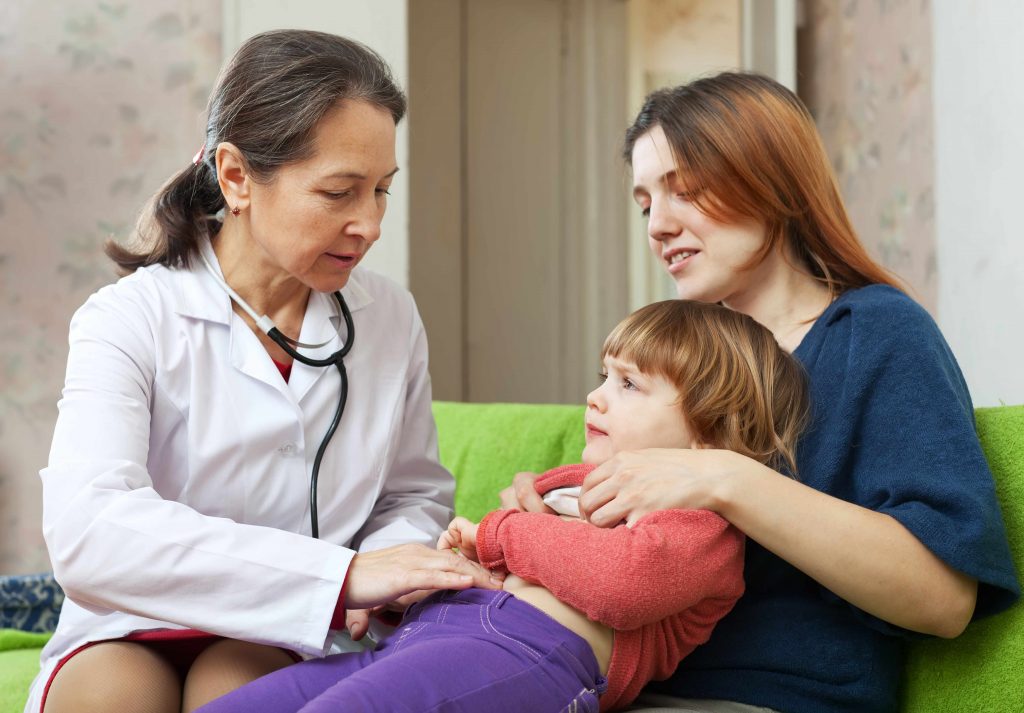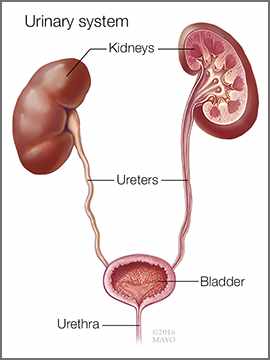-
Mayo Clinic Q and A: Although Uncommon, Kids Can Get UTIs, Too
 DEAR MAYO CLINIC: My daughter is 3 and has had two urinary tract infections in the last six months. Is this common in kids? What can we do to prevent a future infection, and does this mean she will always be more susceptible?
DEAR MAYO CLINIC: My daughter is 3 and has had two urinary tract infections in the last six months. Is this common in kids? What can we do to prevent a future infection, and does this mean she will always be more susceptible?
ANSWER: Urinary tract infections, often called UTIs, are usually thought of as an adult problem. Although they aren’t particularly common in children, kids can get UTIs, too. There are some steps you can take to help prevent UTIs in your daughter. Most of the time, having one or two UTIs as a child doesn’t raise the risk for having more in the future.
A UTI is an infection in any part of the urinary system — the kidneys, ureters, bladder and urethra. Most infections involve the lower urinary tract — the bladder and the urethra. (That’s the tube that carries urine from your bladder out of your body.) During the first year of life, boys get UTIs more often than girls. Beyond the first year, UTIs are more common in girls.
UTIs typically develop when bacteria get into the urinary tract through the urethra and begin to multiply in the bladder. That can happen as a result of not wiping properly after a child goes to the bathroom. Holding urine for prolonged periods or constipation can also increase the risk of UTIs. In a 3-year-old child, toilet training can make it more likely that these issues will occur.
UTIs in this age group typically present with symptoms that may include a strong, persistent urge to urinate; a burning or painful sensation when urinating; passing frequent, small amounts of urine; or cloudy, red, pink or strong-smelling urine. Young children may not be able to pinpoint or articulate their symptoms, but they usually can tell that it hurts when they go to the bathroom. If a child has been successfully toilet trained, and then starts to have frequent accidents, that could also signal the presence of a UTI.
In some cases, a UTI may lead to pelvic pain, especially in the center of the pelvis and around the area of the pubic bone. Some children also may develop a fever with a UTI. Although uncommon, the presence of a fever, back pain or vomiting may signal a more serious infection that is affecting the kidneys and the bladder.
Treatment for UTIs in children usually involves taking an antibiotic medication. Symptoms often go away within several days of treatment, but to ensure that the infection is completely eliminated, it’s important to give your child the full course of antibiotics, as prescribed.
Among children who have a UTI, about one-third will get another infection later in life. Only about 10 percent will get a third infection. Especially when UTIs are severe or when they keep happening, your child’s doctor may order an ultrasound or other imaging tests to see if any anatomic abnormalities could be increasing his or her risk of developing UTIs.
To help prevent future UTIs, encourage your daughter to wipe from front to back after using the bathroom. Doing so after urinating and after a bowel movement helps prevent bacteria in the anal region from spreading to the vagina and urethra. Also, remind her to go to the bathroom regularly — about once every two to three hours — so she is not holding in urine for long periods of time. If she has constipation, make sure to treat it aggressively with dietary changes and, if necessary, medication. — Dr. Brian Lynch, Community Pediatrics and Adolescent Medicine, Mayo Clinic, Rochester, Minnesota







